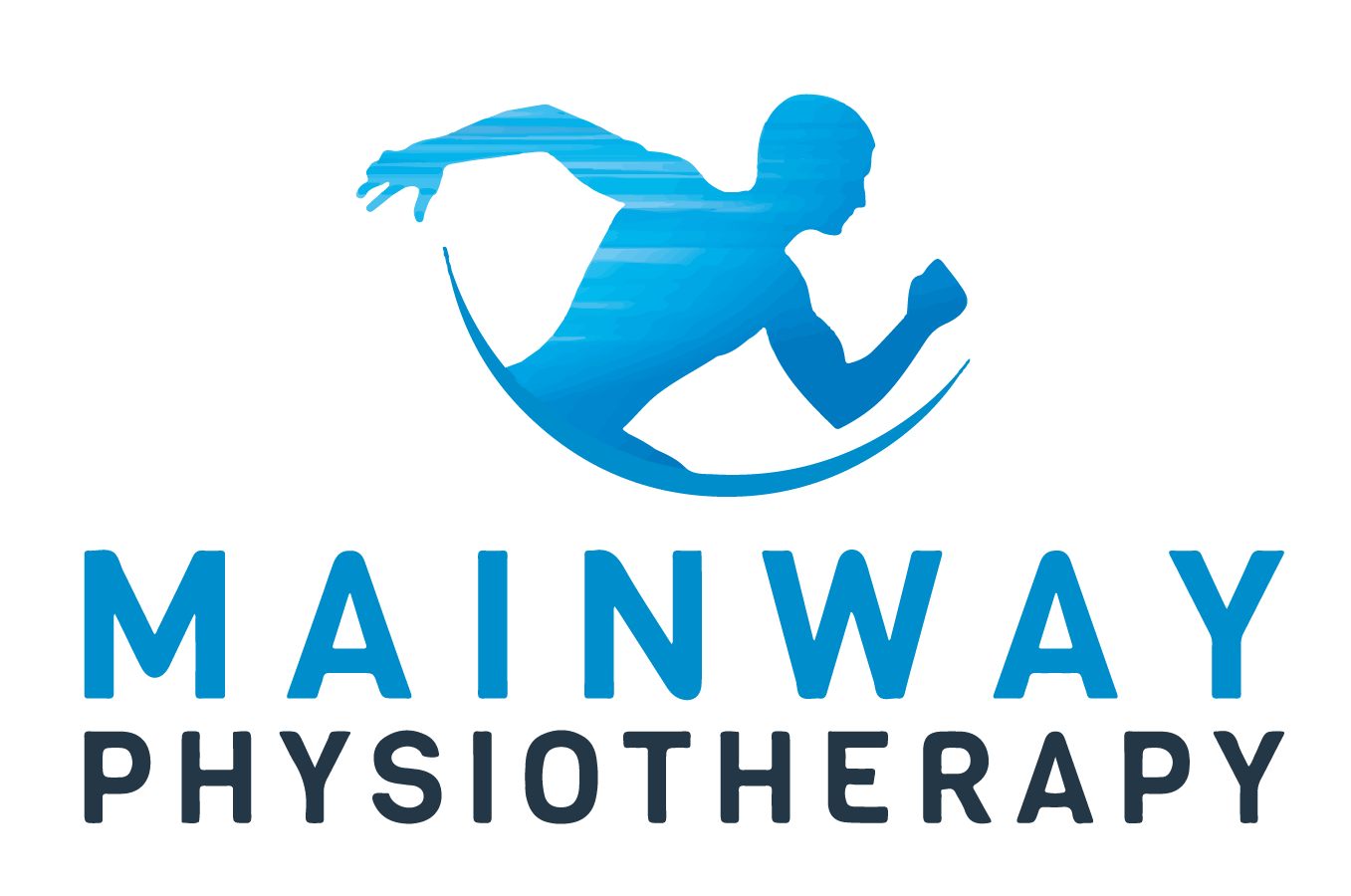Back-to-school, back-to-routine, back-to-physical fitness
There are two types of students in this world, those that loathe the hour in which physical education class is mandated and those that eagerly seek it out on their schedules and can’t wait for what they perceive as an easy A. Regardless of admiration for gym class, all students benefit from integrating some physical activity into their daily routine. Several studies have shown that students who engage in physical activity often have better grades, better attendance, increased memory, and are better able to focus on assigned tasks. Exercise is known to increase happy endorphins which is another benefit for young people, especially as this past year has seen an increase in child mental health issues. The benefits of adding a bike ride, walk to school, or active participation in gym class can help our kids excel mentally, academically, and physically.
As kids naturally integrate physical fitness in their back-to-school routine, it is important to gradually increase both the duration and level of exertion. Adding too much too fast can lead to injury so ensuring their body is aligned with the activity they are executing is imperative. With stretching and proactive care most injuries can be avoided or only need mild treatment. It can be helpful to visit a physiotherapist to determine proper exercises that would be age and ability appropriate. Also, doing a baseline concussion test is invaluable should a more severe head injury occur. Wearing proper and appropriate safety gear is another way to stay safe.
Another important factor in exercising is eating a healthy diet. Proper nutrition contributes to having the energy needed to be physically fit and engage in all activities. Food is fuel. It allows our bodies to move as needed and choosing the right foods will only improve physical abilities. Along with healthy foods, comes hydration. In general, most kids don’t drink enough water, this is a great opportunity to teach them to drink plenty of fluids before, during, and after exercising. Going from any extreme is never a good idea, be sure to monitor your child to ensure they are balancing nutrition and appropriate levels of physical activity on a daily basis.
There are very few disadvantages to encouraging children to engage in some kind of physical activity. The Center for Disease Control recommends that children and adolescents ages 6 through 17 years should do 60 minutes or more of moderate-to-vigorous physical activity, 3 days a week. Once a physical activity regime is in place, kids need support in maintaining the habit. It's great if schools have included gym class a few times a week, but parents should try to encourage their child to exercise outside of school, such as;
Running clubs
Riding a bike
Walking home to/from school
Yoga
Dance
Roller blading
The list of activities are endless. As long as their bodies are moving, it doesn’t matter the kind of exercise they are doing. Being physically active will support their mental development and encourage them to live a healthier lifestyle. Once the routine is established, keep it going, don’t let them stop or give up. With support, your child will learn the value of physical fitness as they start doing better in school, recalling more information, have a more positive demeanor, focus longer, and develop a stronger body. Learning to incorporate exercise on a regular basis is hard, but it’s worth every step to your child’s mental and physical health.




